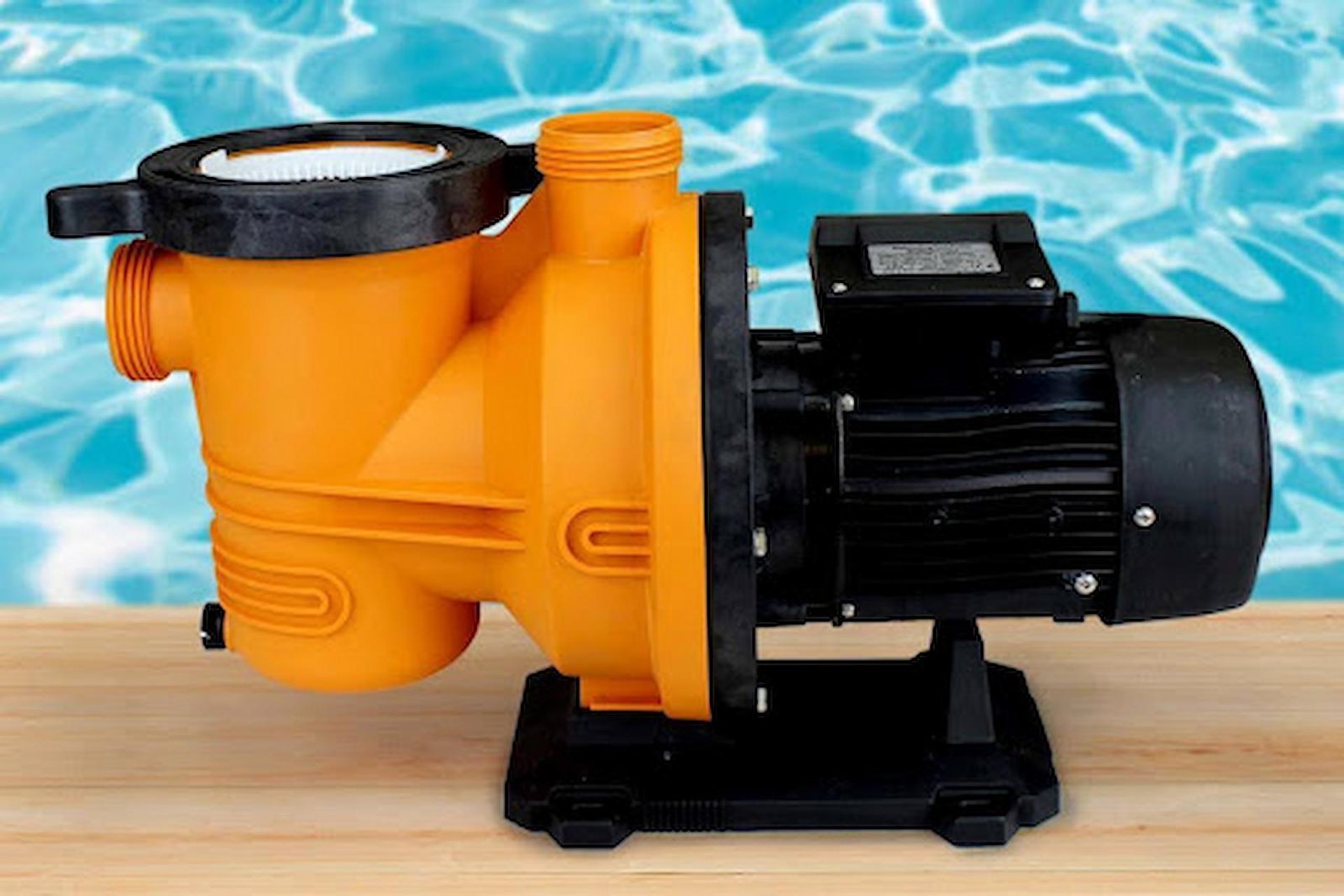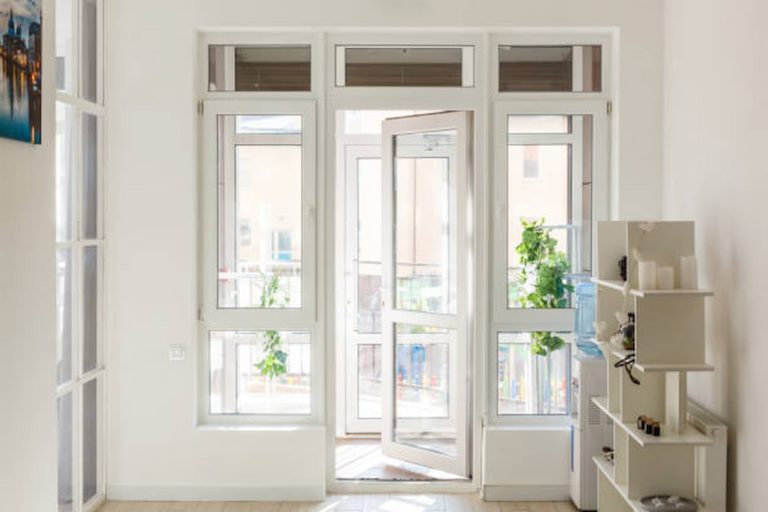Choosing and maintaining the right swimming pool pump is essential for crystal-clear water and long-term savings. From energy-efficient models to regular cleaning routines, understanding how pumps work helps pool owners keep performance at its peak. This guide covers everything you need to know—from selecting the right size to avoiding common maintenance mistakes. Whether you’re a new pool owner or upgrading your system, these practical tips ensure your Swimming pool pumps run smoothly for years.
Owning a swimming pool brings joy, relaxation, and countless opportunities for family fun. However, behind every sparkling pool lies an essential piece of equipment—the pump. Without it, water circulation stops, leaving your pool vulnerable to debris, algae growth, and unhealthy water conditions. For pool owners, choosing the right pump and maintaining it properly is not just a matter of convenience but of health, efficiency, and cost savings.
This comprehensive guide explores how to select the ideal pump, maintain it effectively, and keep it performing at its best year-round.
Understanding the Role of a Pool Pump
The swimming pool pumps are the heart of your pool’s circulation system. It pulls water from the pool, pushes it through the filter, and returns clean, clear water. This constant cycle ensures contaminants are removed, chemicals are evenly distributed, and water remains safe to swim in.
The pump has three main components:
- Motor: Provides power for water circulation.
- Impeller: Moves the water efficiently.
- Housing: Holds the pump basket that catches debris.
When any of these fail, pool water quickly becomes cloudy, dirty, and unsafe.
How to Choose the Right Pump
Selecting the right pump depends on several factors:
- Pool Size and Volume
- Larger pools require stronger pumps to circulate water effectively.
- Use the rule of thumb: The pump should turn over all the pool water within 6–8 hours.
- Pump Type
- Single-speed pumps: Affordable but energy-hungry.
- Two-speed pumps: Allow flexibility with low-speed energy savings.
- Variable-speed pumps: The most efficient, adjusting speed for optimal performance.
- Horsepower Rating
- More horsepower doesn’t always mean better. Oversized pumps waste energy and strain the system. Match the horsepower to your pool’s needs.
- Energy Efficiency
- Look for ENERGY STAR®-certified pumps. They reduce energy use by up to 70%.
- Budget and Long-Term Savings
- A pricier, efficient pump may save thousands in electricity over its lifetime.
Common Mistakes in Choosing Pumps
- Oversizing the pump: Leads to excessive energy bills and faster wear.
- Ignoring pipe size: Small pipes can’t handle powerful pumps.
- Focusing only on upfront cost: Cheap models often cost more in the long run.
The right choice balances pool size, usage, and energy efficiency.
Importance of Proper Installation
Even the best pump won’t perform if installed incorrectly. Professional installation ensures:
- Correct alignment with the filtration system.
- Proper priming to prevent air leaks.
- Adequate electrical wiring and grounding.
DIY installation may save money upfront, but it often results in costly repairs later.
Regular Maintenance Tips
Once installed, your pump needs consistent care. Here’s how to keep it running smoothly:
- Clean the Pump Basket Weekly
- Remove leaves, twigs, and debris that block water flow.
- Check for Leaks
- Inspect seals and gaskets regularly. Leaks reduce efficiency and damage parts.
- Lubricate O-rings
- Apply pool-safe lubricant to prevent cracks and extend lifespan.
- Maintain Water Chemistry
- Imbalanced water causes scale buildup, corrosion, and pump wear.
- Monitor Pressure Gauge
- High pressure signals a dirty filter; clean it before it strains the pump.
Troubleshooting Common Issues
- Pump won’t start: Check the power supply and breaker.
- Low water flow: Basket may be clogged or the impeller blocked.
- Loud noises: Air leaks or worn bearings often cause this.
- Overheating: Poor ventilation or motor issues could be the culprit.
Early detection prevents expensive repairs and downtime.
Seasonal Care for Longevity
- Summer: Run the pump daily to maintain circulation.
- Autumn: Clear falling leaves from baskets and skimmers.
- Winterising: In colder climates, drain water and store pumps indoors to avoid freeze damage.
The Cost-Saving Value of Efficiency
At the core of every pool system are swimming pool pumps that balance performance with energy savings. Upgrading to variable-speed pumps can reduce annual electricity costs dramatically. Although they cost more upfront, their efficiency and quiet operation quickly pay off.
Extending Pump Lifespan
Most pumps last 8–12 years with proper care. To maximise lifespan:
- Avoid running pumps dry.
- Keep the area around the pump dry and ventilated.
- Schedule annual professional inspections.
Eco-Friendly Considerations
Eco-conscious pool owners can further reduce energy waste by:
- Running pumps during off-peak hours.
- Combining efficient pumps with solar pool heaters.
- Using covers to minimise debris and minimise pump workload.
Final Thoughts
Choosing the right pump and caring for it consistently is the foundation of a clean, safe, and cost-efficient pool. By balancing pump type, size, and efficiency with regular maintenance, you protect your investment and enjoy sparkling water throughout the year. Remember—pumps aren’t just equipment. They are the heart of your pool system, and with proper attention, they’ll keep it running beautifully for years.




